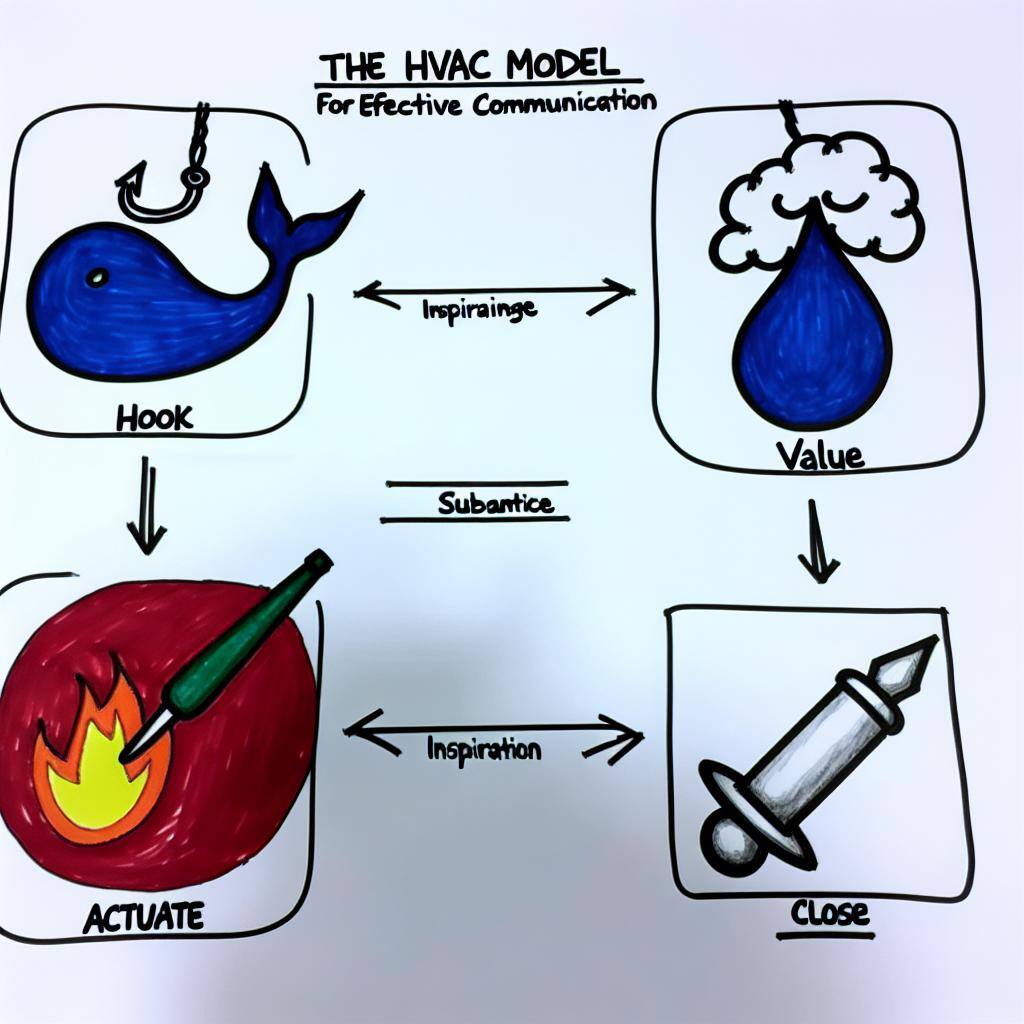

Devising strategies in an increasingly complex world requires a blend of analytical insight and empathetic design. Recognizing this, the STRIVE methodology artfully incorporates key tenets of human-centric design thinking, adding versatility and dynamism to traditional strategic planning.
At its core, design thinking places real human needs, not assumptions, at the heart of problem solving. It leverages creativity and collaboration to tackle challenges from a user’s perspective. While originating in product design, these principles now broadly inform strategic approaches that demand both rigor and adaptability.
STRIVE exemplifies this fusion, infusing human-centric design into strategic DNA, thus significantly increasing your organizations ability to successfully implement change. Consider the following:
Traditional strategy formulation tends to follow a linear path, with rigid sequences of analysis frameworks. While thorough, this limits flexibility. STRIVE diverges by embracing iterative loops of feedback and refinement.
Tools like regular reviews and A/B testing of strategic options allow real-time adaptation based on market realities, not theoretical models. This mirrors design thinking’s test-and-learn ethos, replacing linearity with agile iteration. Just as design thinking prototypes and tweaks concepts, STRIVE provides a sandbox for “strategic prototyping.”
Insights emerging from diverse perspectives is invaluable. Yet strategic planning often occurs in boardroom silos. STRIVE overcomes this by emphasizing cross-functional input and co-creation.
Design sessions harness broad expertise by assembling cross-disciplinary teams, from engineers to users. Similarly, STRIVE co-creation workshops unite varied functions, cementing buy-in and enriching strategy with multifaceted insights.
Thanks to the application of design thinking in STRIVE, breakthroughs often materialize at intersection points where diverse perspectives collide. Stitching together disciplines further amplifies creativity.
While strategy focuses on financial and operational KPIs is essential, human-centric design begins with human needs and emotions. STRIVE bridges this gap by focusing on the KPIs that are critical for success, as well as how the changes being designed will actually affect the humans enacting them.
Techniques like skip level interviews bring stakeholder needs to the forefront, complementing organizational considerations. This outside-in perspective compels strategies to informed by human considerations rather than internal metrics alone.
In summary, melding strategic planning with design principles allows STRIVE to transcend theoretical models and embed agility, collaboration and human-centricity into change management and strategy’s DNA. In a disruption-prone world, the ability to combine analytical rigor with empathetic consideration is invaluable.
It enables continuously improved strategies rooted in market reality. For organizations feeling the limits of traditional planning, STRIVE provides a reimagined approach fitting for the complexity of the modern era. The intersection where strategy meets design thinking is a powerful place – are you ready to explore it?



